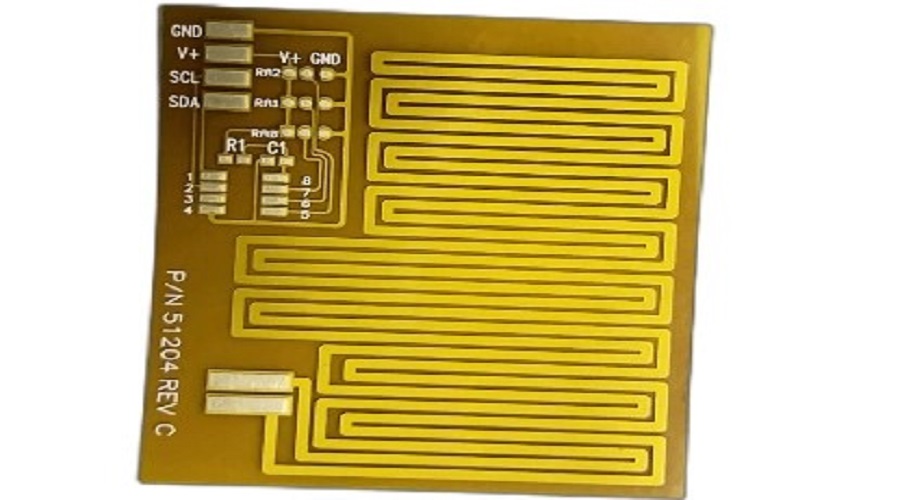Currently, new energy FPC has become the most major choice for the vast majority of new energy vehicle models and has been widely used in newly launched new energy vehicles.
Flexible Printed Circuit (FPC) is a type of circuit board made with flexible copper-clad laminate as the base material. It serves as a medium for signal transmission and is used to connect electronic products, featuring high wiring density, good flexibility, light weight, and versatile manufacturing processes. FPC can generally be divided into single-sided FPC, double-sided FPC, multi-layer FPC, and rigid-flex PCB.
In the automotive sector, whether for commercial fuel vehicles or intelligent vehicles, the use of FPCs is extensive, mainly within engine control systems, chassis control systems and automotive electronic control systems.
Considering structure and space factors, future new energy vehicles will certainly adopt new energy FPCs extensively to replace wiring harnesses and will be used in multiple parts of the vehicle to achieve this. Therefore, the technology of new energy fpc in automotive electronics, especially in intelligent vehicles, is a very crucial trend, notably in battery BMS (Battery Management System), vehicle lighting systems, door control systems, camera modules, etc. Typically, an electric vehicle may use over 100 new energy FPCs, among which the new energy FPCs in battery BMS and vehicle camera modules have the highest application value and are key development areas.
Collection wires are essential components of the BMS system in new energy vehicles, enabling monitoring of the voltage and temperature of new energy power battery cells; connecting data collection and transmission while providing overcurrent protection; protecting the power battery cells of vehicles, and automatically disconnecting in case of abnormal short circuits.
Previously, the collection wires for new energy vehicle power batteries used traditional copper wire harness solutions. Conventional wire harnesses are made by surrounding copper wires with plastic, with each harness reaching an electrode when connecting the battery pack. When many current signals are needed in the power battery pack, many harnesses are required, significantly occupying space.
In the assembly process, traditional harnesses rely on manual fixation of the ports onto the battery pack, resulting in low automation. Compared to copper wire harnesses, new energy FPCs supplied by a leading fpc supplier like Bolion have significant advantages in safety, lightweight, and neat layout due to their high integration, ultra-thin thickness, and ultra-flexibility. Additionally, new energy FPCs are thin and customized for battery pack structures. They can be directly placed on battery packs using robotic arms during assembly, achieving a high degree of automation, suitable for large-scale mass production. Therefore, the trend of new energy FPCs replacing copper wire harnesses is clear, with a broad market prospect.
Exciting News: Currently, bolion CCS (Battery Cell Contact System) daily production capacity can reach 50,000 pieces. The latest news: The digital intelligent factory plan, with an investment of 1 billion RMB, is under vigorous construction. Once completed, it is expected to increase the CCS daily production capacity to 300,000 pieces. Our latest updates are continuously provided. In the near future, Bolion new energy battery connection system service will better, higher quality, and more efficiently serve new energy customers worldwide.
 Analysis of the Manufacturing Process of Flexible PCB Heaters
24 Apr 2025
What is a Flexible PCB Heater?A Flexible PCB Heater is a heating element based on flexible printed circuit boards (FPC). It uses a polyimide (PI) or polyester (PET) substrate and forms a metal heating...
Analysis of the Manufacturing Process of Flexible PCB Heaters
24 Apr 2025
What is a Flexible PCB Heater?A Flexible PCB Heater is a heating element based on flexible printed circuit boards (FPC). It uses a polyimide (PI) or polyester (PET) substrate and forms a metal heating...
 Call us on:
Call us on:  Email Us:
Email Us:  No.198 Houxiang Road, Haicang District, Xiamen, China
No.198 Houxiang Road, Haicang District, Xiamen, China